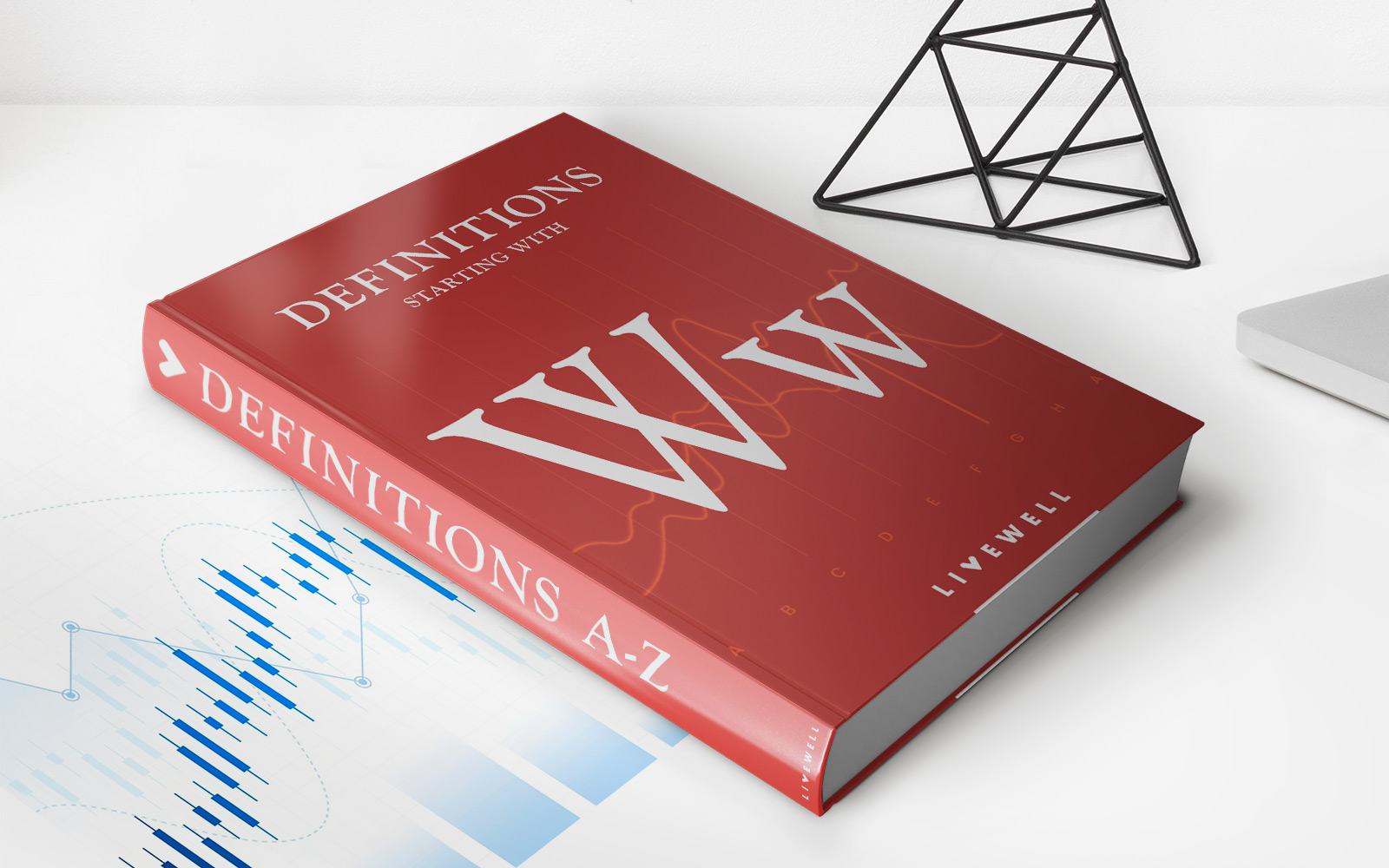Home>Finance>Waterfall Payment: Definition, Benefits, How It Works And Example


Finance
Waterfall Payment: Definition, Benefits, How It Works And Example
Published: February 17, 2024
Learn how waterfall payment works in finance, its benefits, definition, and an example. Increase your knowledge on this popular payment method.
(Many of the links in this article redirect to a specific reviewed product. Your purchase of these products through affiliate links helps to generate commission for LiveWell, at no extra cost. Learn more)
Waterfall Payment: Definition, Benefits, How It Works, and Example
Are you familiar with the concept of waterfall payment? If not, you’ve come to the right place. In this blog post, we will explore the basics of waterfall payment, its benefits, how it works, and provide you with a real-life example. By the end of this article, you’ll have a clear understanding of this finance concept and its potential applications.
Key Takeaways:
- Waterfall payment is a hierarchical disbursement method that ensures priority payments are made before others.
- It provides clarity and structure by defining the order of payment priorities.
What is Waterfall Payment?
Waterfall payment is a term commonly used in the finance industry to describe a hierarchical disbursement method. It involves the systematic allocation of funds based on a predetermined payment priority order. This payment structure ensures that payments with higher priority are made before those with lower priority.
Benefits of Waterfall Payment:
- Clarity and Structure: Waterfall payment provides a clear framework for distributing funds, reducing confusion and disputes.
- Prioritization: It allows for the prioritization of payments based on specific criteria, such as debt seniority, ensuring essential payments are made first.
- Risk Mitigation: Waterfall payment acts as a safeguard against default risk by ensuring critical payments are made in the event of financial distress.
- Transparency: The system offers transparency to all parties involved, as it clearly outlines the order and process of payment allocation.
How Does Waterfall Payment Work?
The waterfall payment process typically consists of several hierarchical levels, often referred to as “tranches.” Each tranche represents a distinct level of payment priority. When funds become available, they are distributed first to the highest-ranking tranche, and if any funds remain, they are then allocated to the next tranche, and so on.
Let’s illustrate this process with a hypothetical example:
Consider a company with the following payment tranches:
- Employee Salaries
- Tax Payments
- Supplier Invoices
- Loan Repayments
If this company receives $10,000 in available funds, the waterfall payment process would first allocate the funds to tranche 1, the highest priority, to cover employee salaries. If the amount required for employee salaries is $6,000, then the remaining $4,000 would be allocated to tranche 2, which is tax payments. If the tax payment total is $3,000, the remaining $1,000 would be allocated to tranche 3 for supplier invoices, and so forth.
This systematic approach ensures that critical payments, such as employee salaries and tax obligations, are met before lower priority payments are considered.
Conclusion
Waterfall payment is an effective disbursement method that provides clarity, structure, and risk mitigation within the finance industry. By establishing a hierarchical order of payment priorities, organizations can ensure that essential payments are made first, reducing default risk and increasing transparency.
By understanding the concept of waterfall payment, you can optimize your financial processes, enhance risk management, and streamline fund allocation within your organization.
If you’re interested in learning more about financial management, be sure to explore other articles in our Finance category.
Got any questions or thoughts on waterfall payment? Share them with us in the comments below!














